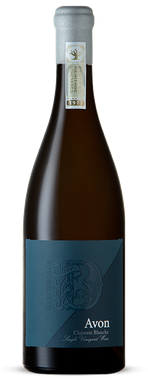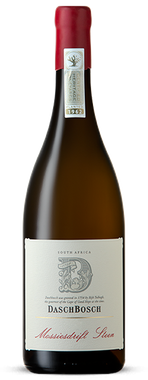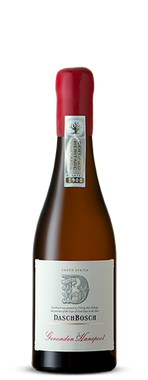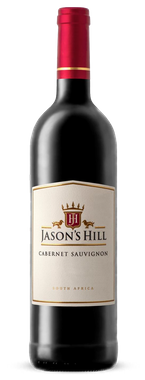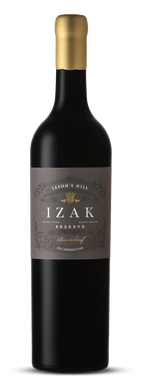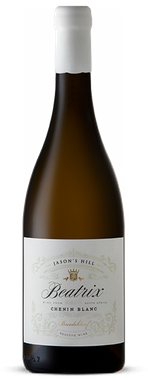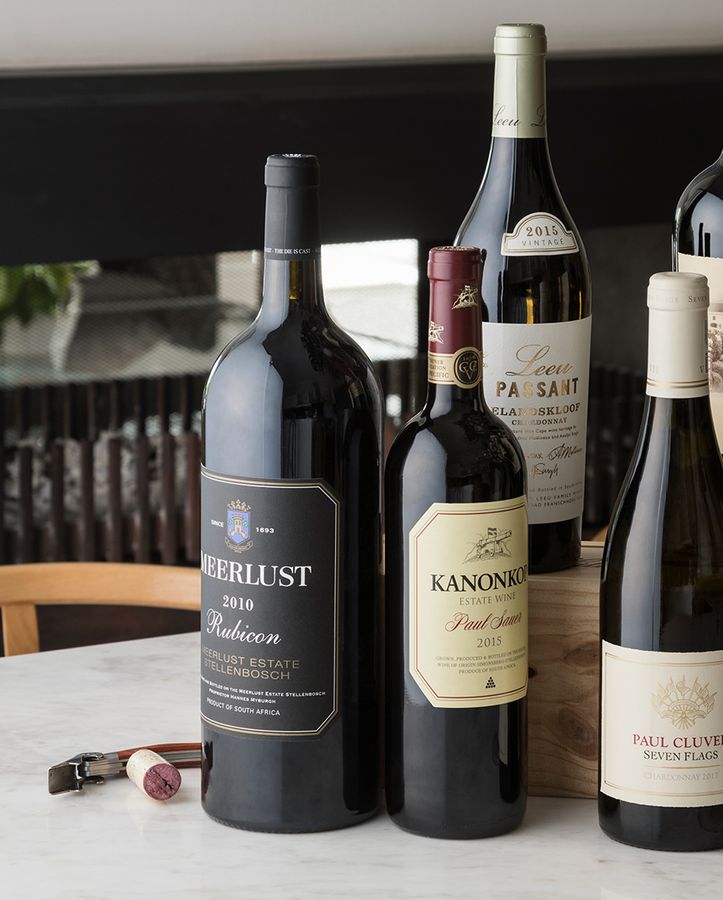Sit beside any wine history devotee at a dinner party and you can bet that before your starter has been cleared, they’ll be telling you that South Africa’s wines are really the oldest in the New World. Invariably, the old chestnut of Vin de Constance being Napoleon’s deathbed wine will be rolled out. “Napoleon!” they’ll say, with a zealous glint in their eye. But while Vin de Constance got all the glory, there was another wine, perhaps even more loved by emperors and famous authors, that seems to have escaped history’s attention: the famous Koos Mostertpotjie from the humble Breedekloof Valley.
Much like the history of Koos Mosterpotjie, Breedekloof is understated — but that doesn’t mean you shouldn’t take notice. Drive beyond the Huguenot tunnel and you’ll emerge into the Breedekloof Valley, flanked by the Slanghoek and Du Toitskloof Mountains on the west and southwest, and the Hex River Mountains to the northeast. These mountains trap the cool night air, allowing the grapes to develop their sugars over a longer period of time. While the rest of the country will be harvesting at full speed in February, Breedekloof will lie in wait for another 2 or 3 weeks. This allows for distinct wines that have a sun-imbued richness balanced by an inimitable stony freshness.
“I always say you taste the sun in these wines,” says Daschbosch winemaker WS Visagie. “Our different soil types also give different textures on the palate,” he adds, referring to the variety of rocky mountain soils, heavy black turfy soils closer to the riverbed and deep alluvial sandy soils that dry out easily after heavy rainfall.
It might have a history of being a valley of large-scale wine and brandy production, but today the valley is known for producing expressive, site-specific Chenin Blancs. In fact, one-fifth of all South Africa’s Chenin is planted in the Breedekloof Valley — though that doesn’t stop a lot of the Breedekloof Makers, a winemaking collaborative with a commitment to quality and love for the region, from further raising the status of Chenin and experimenting with new and interesting cultivars.
Join us as we head to this down-to-earth valley with its warm-hearted people, most of whom have worked here for three, if not nine, generations. They are a regional family who learn from each other, work together and kuier together.
